Ras El Hanout (Spice Mix of the Ages)
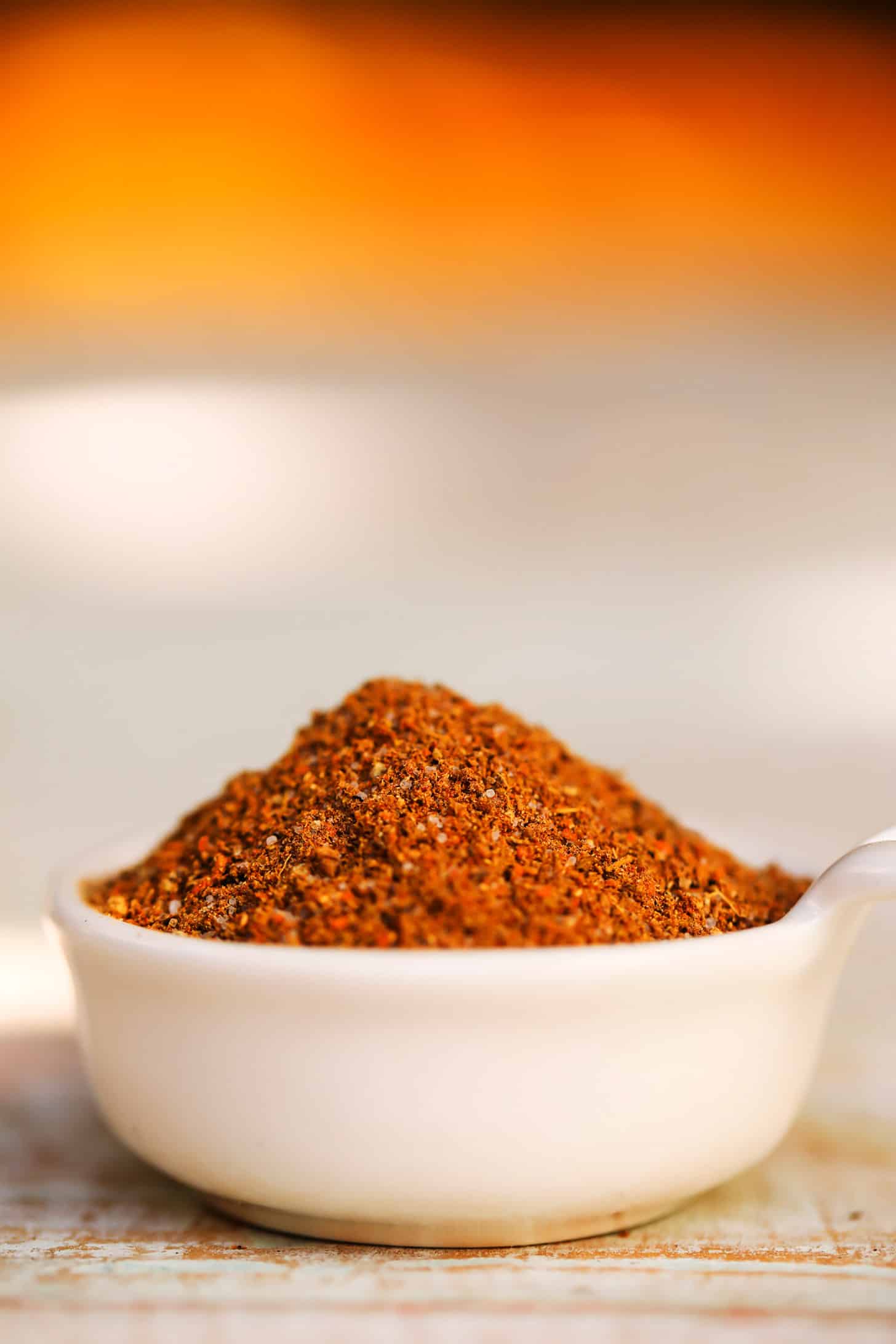
Ras El Hanout, is a spice mix found in varying forms in Morocco, Tunisia, and Algeria.
In Arabic it means “head of the shop”, and refers to a mixture of the best spices the merchant has to offer.
Spice blends play a big role in Middle Eastern cooking, and this top shelf mix of spices is prominent in Moroccan cuisine.
Dukkah and za’atar are popular mixes that generate rich and distinct flavors; nevertheless, no blend is more complex and unique than ras el hanout.
Is This a Uniform Spice Blend?
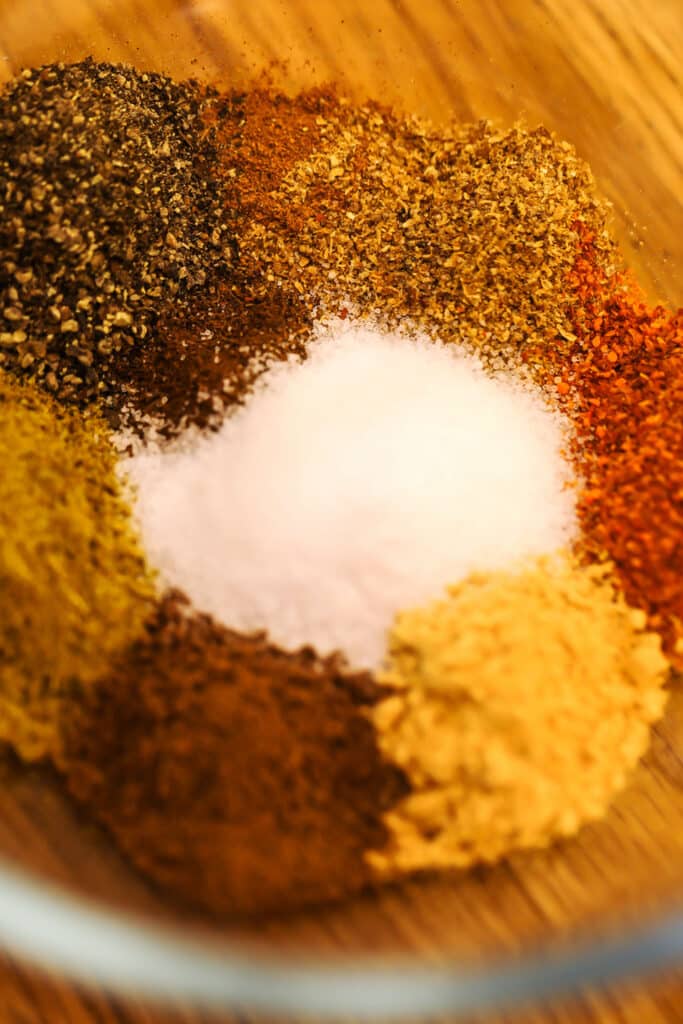
Ras el hanout can be rubbed on meat or fish or added to couscous, pasta, roasted vegetables, or rice in a variety of savory meals.
This Moroccan spice blend that makes up ras el hanout isn’t defined.
Each shop, business, or household may have its own unique blend.
Ras El Hanout origins go back to Morocco, specifically in the city of Sijilmasa in the Middle Ages.
Sijilmasa was a major commercial hub at the period, with a huge number of caravans bringing a diverse range of goods.
What’s the Story of Ras El Hanout?
It’s believed that when a new shipment of spices was being delivered to a major merchant, an argument broke out.
The deliveries in those days were by dromedary.
And on this day the cargo spilled out onto the ground and the spices mixed together.
The merchant had no alternative but to scrape up the spices he had bought, and think of an inventive way to sell them.
He packaged up the blended spices in little bags and sold them as a new fusion of spices that was a hot commodity.
Of course, he kept the true cause for this spice combination hidden from his customers.
He continued to claim that it was a one of a kind blend that was generating a buzz from Cairo to Damascus.
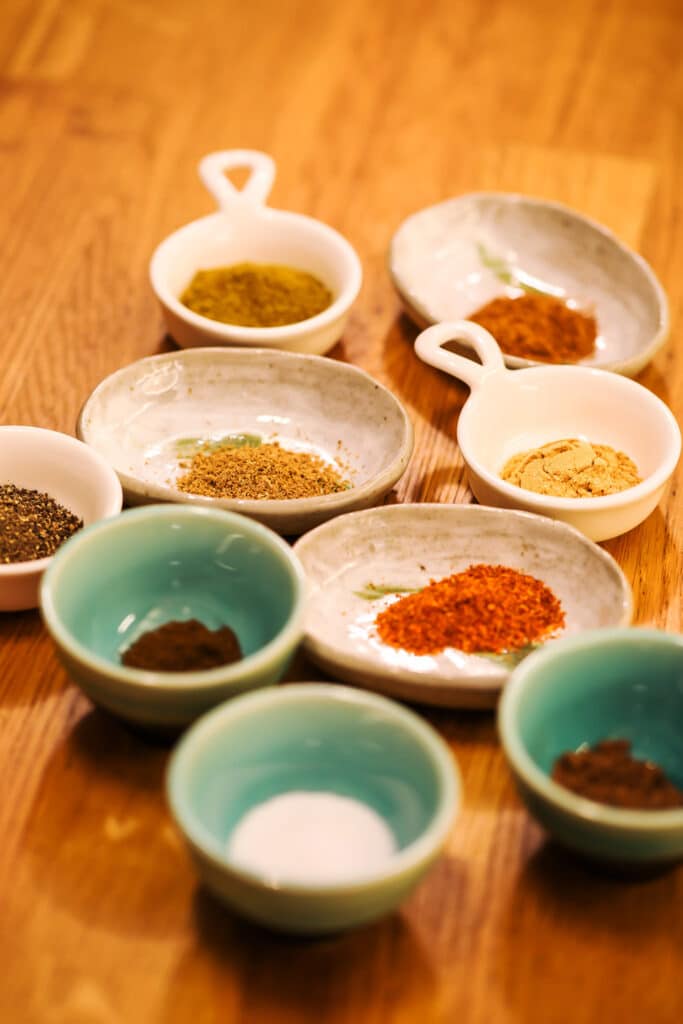
Or was it….?
There is another Berber story that explains how Ras El hanout was invented.
There was a dictatorial sultan who made life difficult for his errand runners.
He often had unreasonable expectations of them.
He would regularly punish them harshly if they failed to meet those needs quickly and properly.
One day, he sent one of these poor slaves to the market to buy spices for his daily couscous.
However, the poor man was delayed by having to do an errand for the sultan’s main wife.
By the time he arrived at the spice dealer, he was out of breath and mumbling as he spoke.
“What do you need?” the spice seller asked.
There were so many spices, but so little time, and he couldn’t think straight in his anxiety.
. He begged desperately, “Please, sidi, just give me a little of everything.”
The spice seller took a bit of every spice he had, and instead of putting them in separate bags, he mixed them all together in one bag.
The cook was terrified of the sultan’s reaction.
It was impossible to separate the spices, so he added it as it was to the couscous.
Surprisingly, the sultan loved it, and declared it the finest couscous he had ever tasted.
More on Ras El Hanout

Morocco was an important crossroads for products flowing from Africa to Europe, giving it a key role in the spice trade.
The most commonly used ingredients include cardamom, cumin, clove, cinnamon, nutmeg and mace.
Also allspice, dry ginger, chili peppers, coriander seed, peppercorn, sweet and hot paprika, fenugreek, and dry turmeric.
Some spices may be specific to the region, such as ash berries, chufa, grains of paradise.
As well as orris root, monk’s pepper, cubebs, dried rosebud, fennel seed or aniseed, galangal, and long pepper.
Some mixes for ras el hanout have 50 ingredients, and up to 80 or more.
Toasted ingredients can be crushed or pounded in a mortar before being combined.
This spice mix can also have health benefits, including improving digestion and reducing the development of some diseases.
The flavor of Ras El Hanout varies, but it is usually warm and aromatic, with a hint of bitterness and spiciness.
It can be found in practically every North African tagine, including mrouzia, which is a lamb tagine with raisins and almonds.
Ras El Hanout can be used to rub grilled lamb or chickens.
It can also be mixed into couscous or yogurt, which can be served as a delicious dip.
My personal recipe for ras el hanout is made from cumin, ginger, salt, pepper, cinnamon, coriander, cayenne, allspice and cloves mixed in a small bowl.
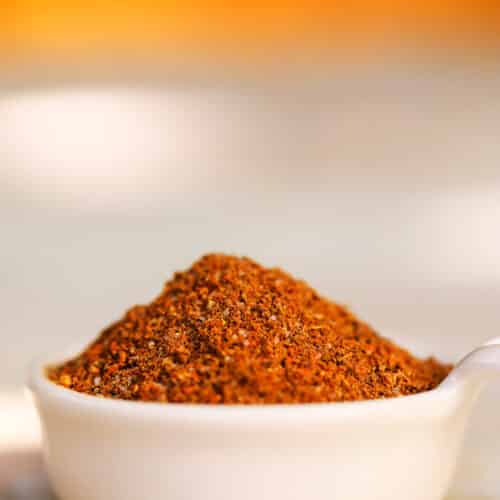
Ras El Hanout (Spice Mix of the Ages)
Ingredients
- 1 tsp Cumin
- 1 tsp Ginger
- 1 tsp Salt
- ¾ tsp Pepper
- ½ tsp Cinnamon
- ½ tsp Coriander
- ½ tsp Cayenne
- ½ tsp Allspice
- ¼ tsp Cloves
Instructions
- Mix all the ingredients together.
- Enjoy the finished Ras El Hanout.

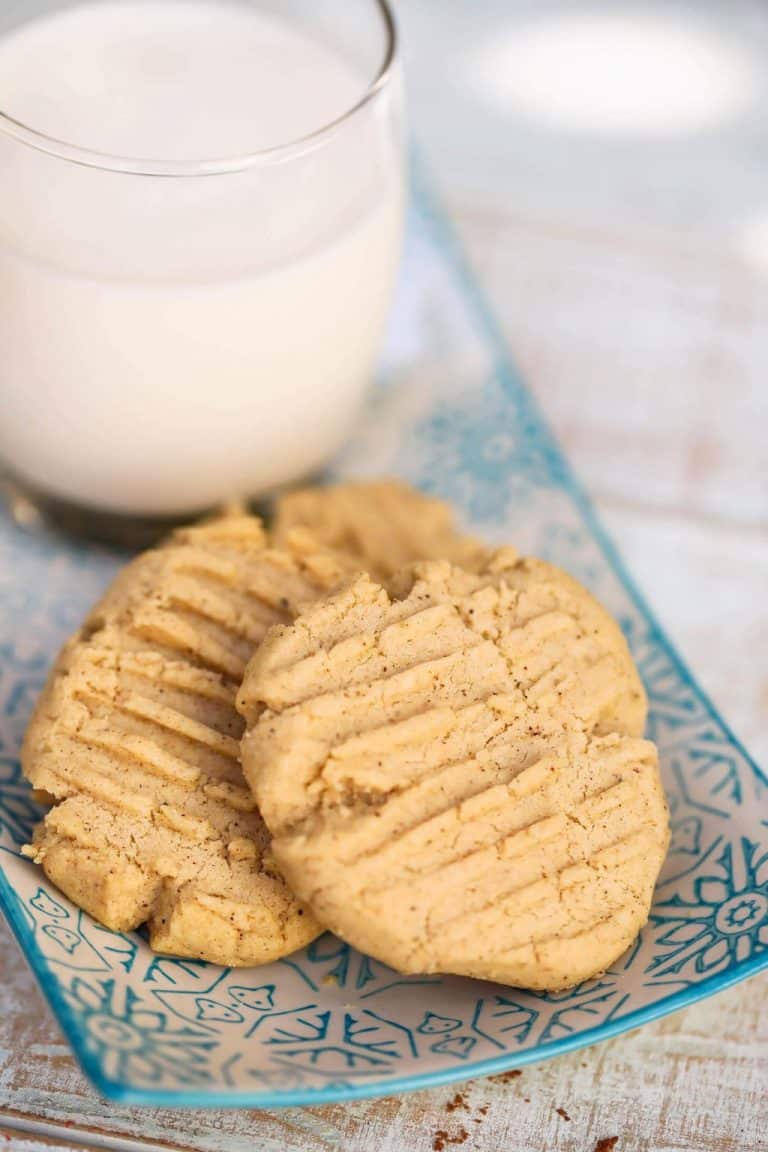
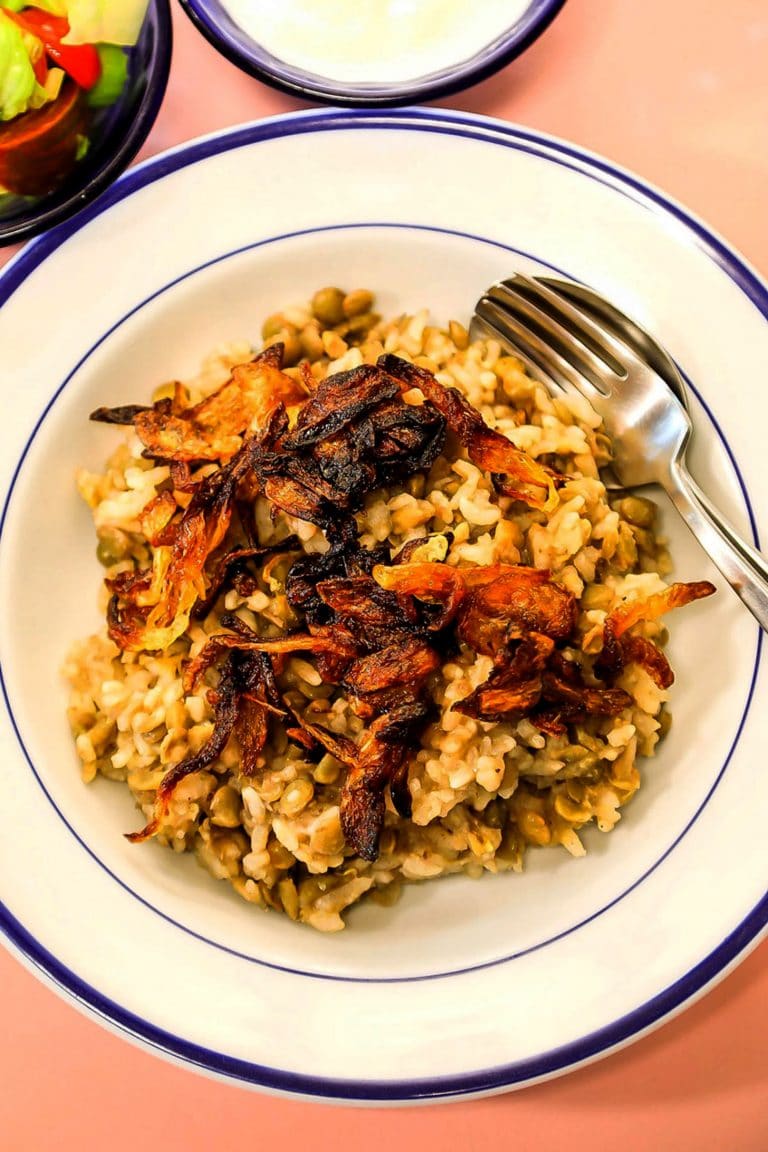
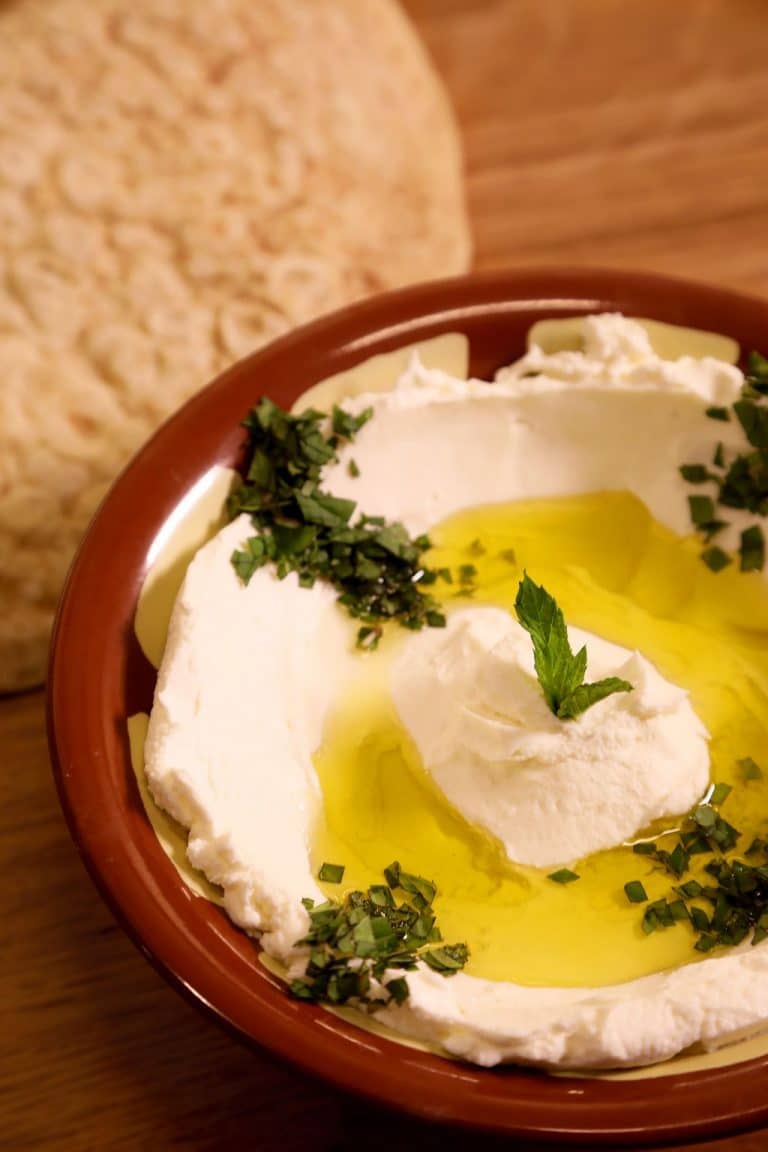
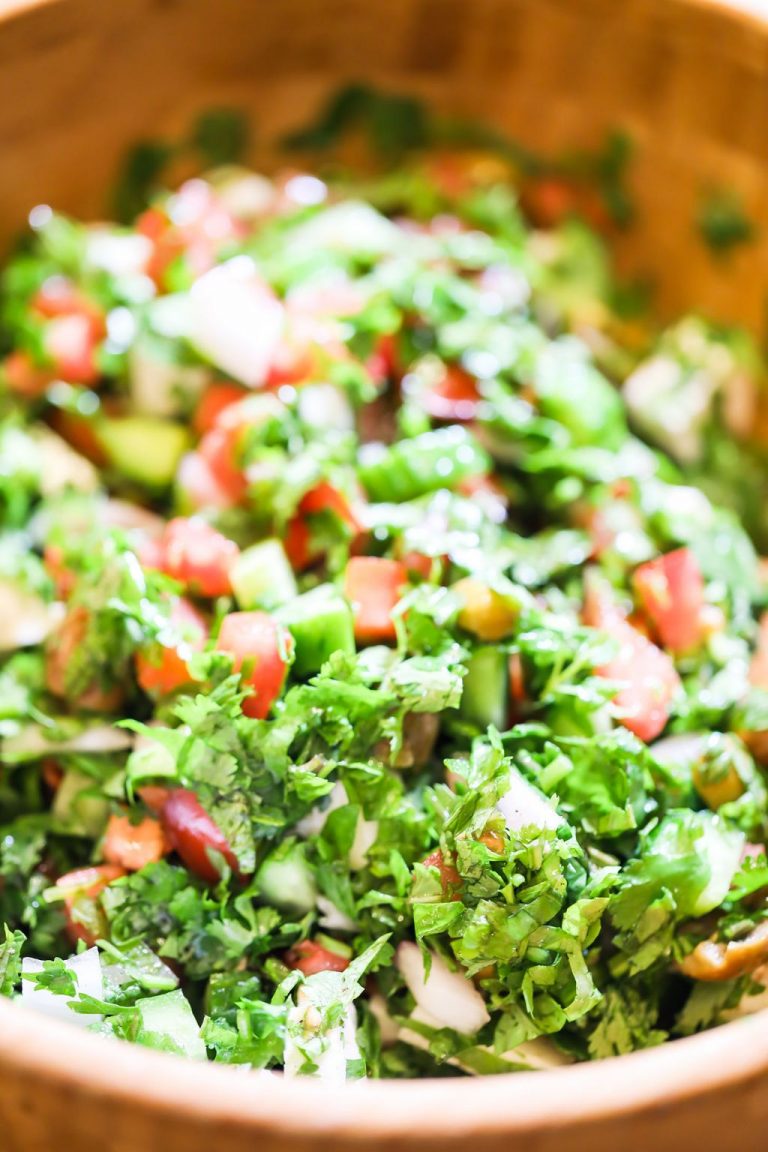
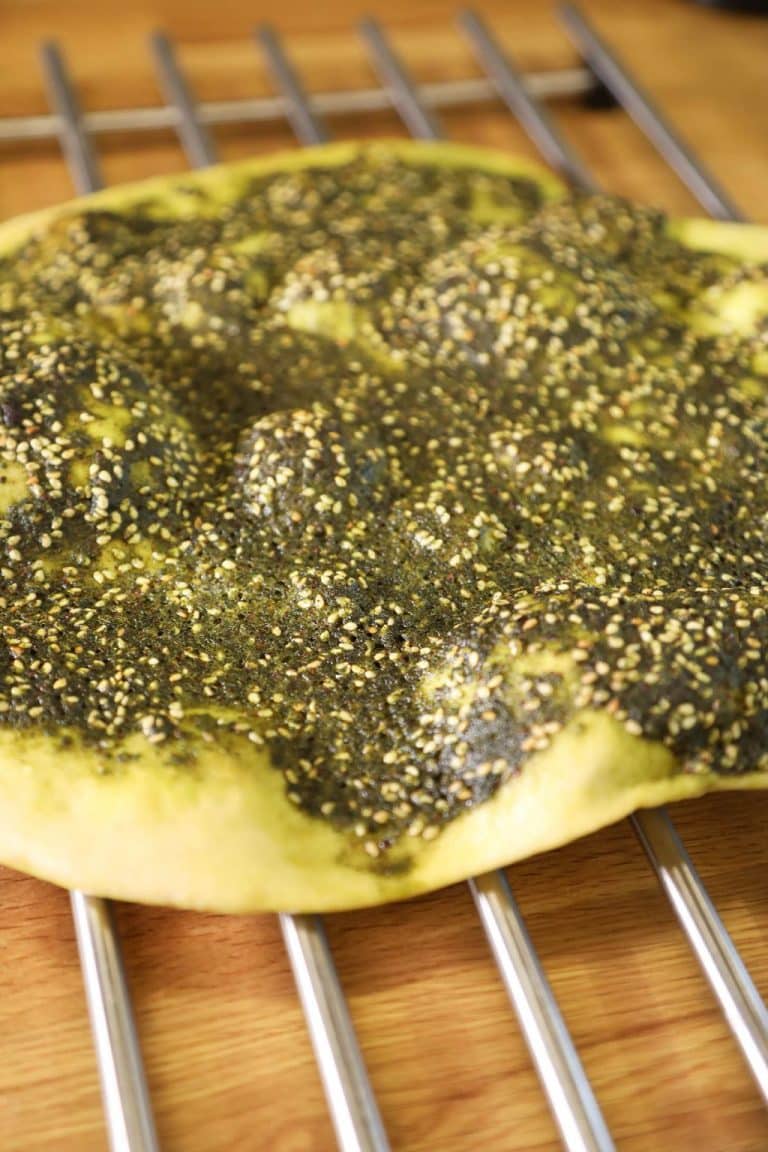
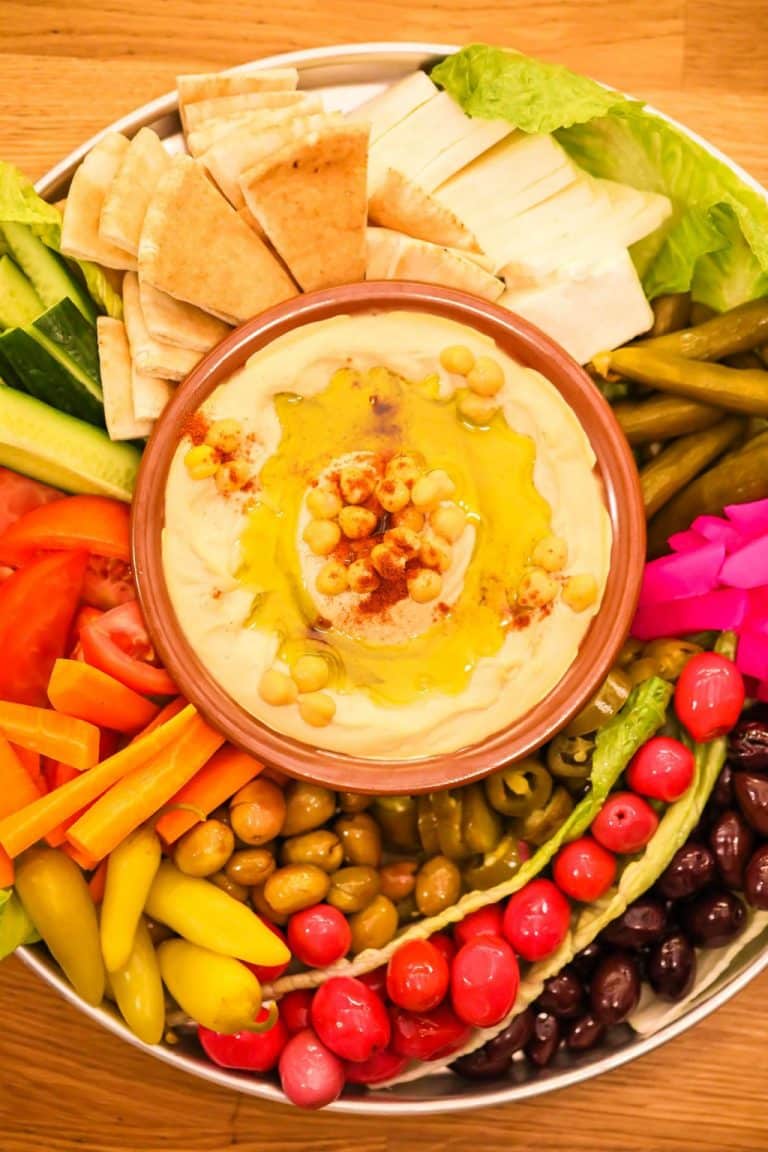
This is an excellent spice recipe. I put olive oil and the Ras el hanout over mixed vegetables and drizzled over honey then roasted them. So delicious!!! Just the right amount of heat.
I’m so happy to hear this! It sounds like you created a delicious vegetable dish. Delighted you liked the recipe.
Thanks for the interesting commentary on the possible origins of ras el hanout. I look forward to trying this spice blend soon!
Thanks for leaving a comment! I hope you enjoy it!